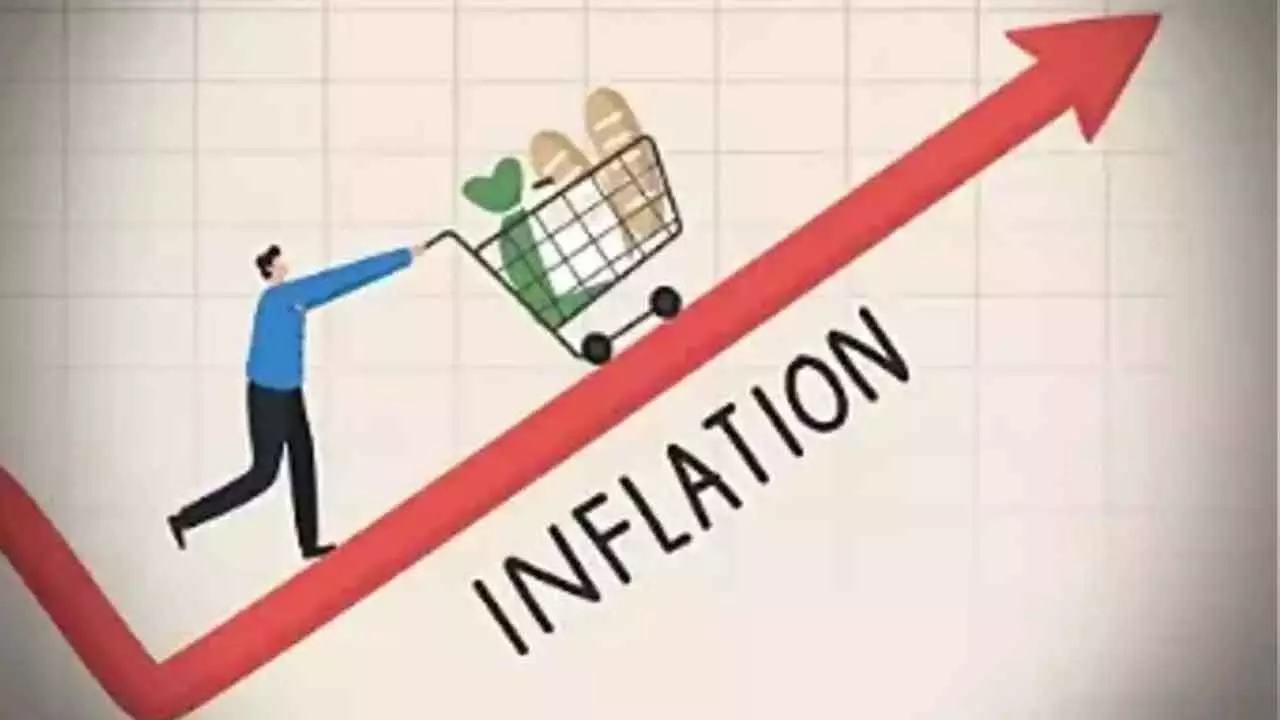Controlling food prices vital to stem households' inflationary expectations
Controlling food prices vital to stem households' inflationary expectations

Even as MPC has been wary of higher food spillover risks to core inflation, core inflation may be averaging at 3.6 per cent in FY25 and not moving above four per cent until the year-end. But the Reserve Bank of India (RBI) is likely to continue with its stress on being ‘actively disinflationary’, as per Emkay, and maintain a wait-and-watch stance to assess multiple macro forces, unless of course swinging global winds compel it to focus on financial stability over the four per cent inflation mandate. July CPI inflation at 3.54 per cent was lower than June’s 5.08 per cent, mainly due to an extremely favourable base effect, with this being reflected in food inflation as well. However, on a sequential basis, headline inflation rose 1.4 per cent – the highest increase in a year, with food inflation seeing a 2.8 per cent MoM increase. Within the food sector, the continued spike in vegetable prices contributed majorly for the rise, led by tomatoes, onions and potatoes. Other food components were also higher sequentially, led by pulses. The surge in vegetable prices was due to supply disruptions caused by heavy rainfall across the country.
However, the data for August so far shows a sharp correction, as regular supplies have resumed along with government intervention. This should allow prices to mean-revert as rapidly as they had shot up. CPI inflation eased to a 59-month low of 3.5 per cent in July from 5.1 per cent in June, led by a favourable base. Food inflation eased on a yearly basis, even as the sequential momentum was upwards. After witnessing a downward trend for the past few months, core inflation was at 3.4 per cent in July due to the hike in telecom tariffs. The outlook for food inflation is positive due to a pickup in rainfall activity across the country. High-frequency price data indicates a softening momentum in prices in August. Core inflation should also remain subdued given that the global commodity prices have remained muted.
Risks, however, remain from an un-anchoring of household’s inflation expectations. Overall, BoB expects inflation in the range of 4.5-5 per cent in current fiscal. The central bank, therefore, is likely to be cautious and any move on rates will only be possible once it is sure that inflation has eased on a durable basis. One should expect a rate cut only in December. The early arrival of Kharif harvests in the second half of September is expected to cool this sequential momentum in food prices. However, as per CareEdge, it will be crucial to monitor the temporal and spatial distribution of monsoon and the progress of Kharif sowing. Although the all-India rainfall is currently about 6.3 per cent above normal, key agrarian regions are experiencing double-digit rainfall deficits. This is a matter of concern as reservoir levels, especially in northern India, remain below both normal and last year's levels. Controlling price pressures in the food basket is essential, as they can significantly influence households' inflationary expectations

